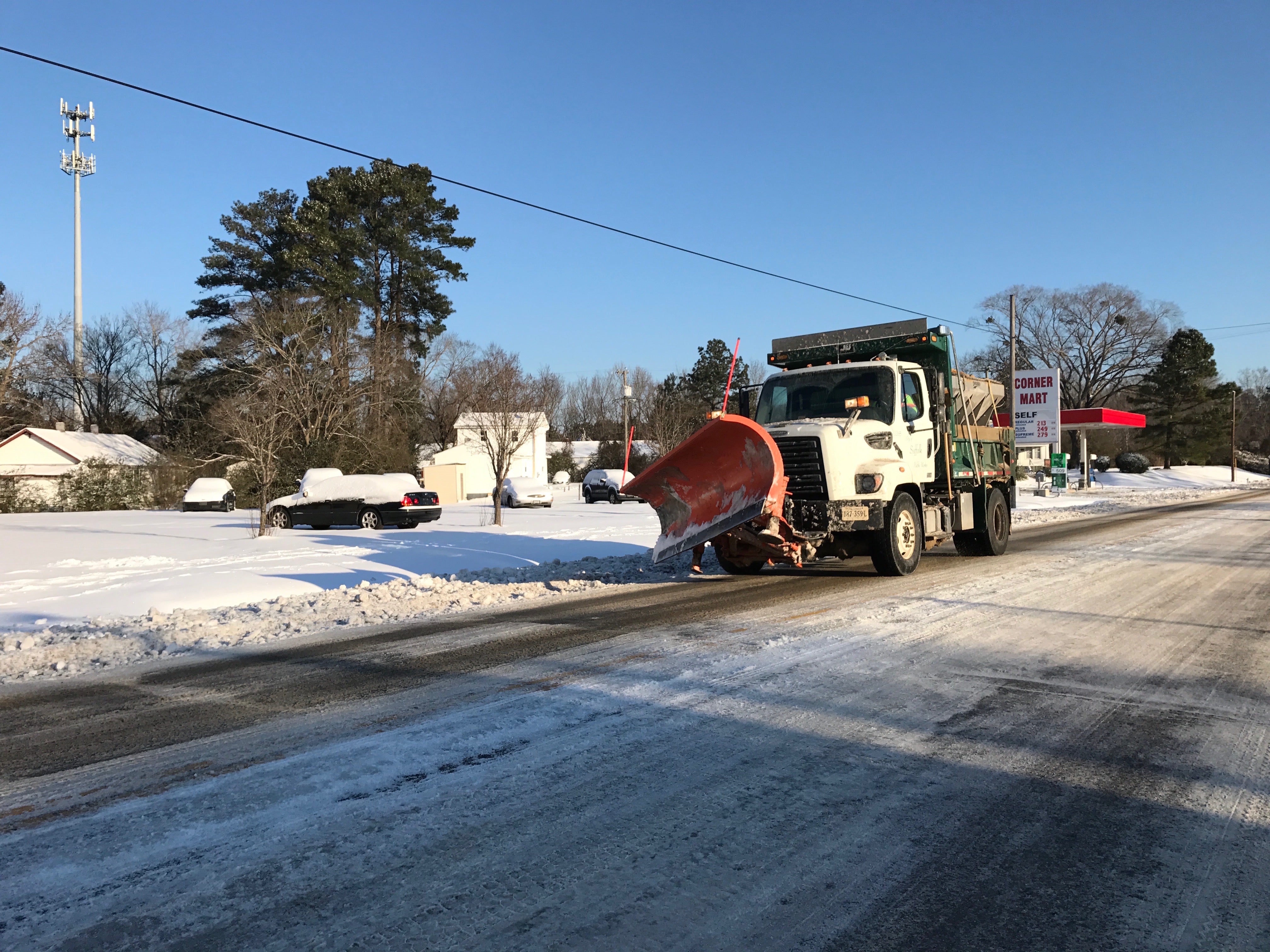Environmental institute educates teachers at PDCCC
Published 12:00 am Tuesday, July 16, 2002
Special to the News-Herald
Getting to know a tree, like the Kwanzan Cherry tree, was just one of the many requirements of the Educators’ Environmental Institute at Paul D. Camp Community College this summer.
&uot;The purpose of this assignment is to teach children how to apply the scientific method without knowing they are doing it,&uot; said Dee White, who teaches at John Yates Middle School. &uot;Students will learn how to form a hypothesis based on observation, &uot;she said as she gently pushed a Japanese beetle to the side.
Amy Pitts, first grade teacher, and Martha Young, second grade teacher, who both teach at Southampton Academy, familiarized themselves with a tree by &uot;drawing a picture, locating it on a map of the Hobbs Suffolk Campus, and writing a poem about the tree,&uot; said Pitts.
Offered to teachers, administrators and other school personnel, the course provides factual information on the interrelationships of man and his resources. Based on Teacher Recertification Guidelines, the class focuses on: forest management and wood production, papermaking, solid waste disposal and recycling, water treatment, coastal, forest, swamp and marsh ecology.
According to Mr. John Patterson, Assistant Professor of Biology, &uot;For three weeks, teachers from local school divisions have been immersed in studying man’s effects on natural environmental systems found in the Tidewater area.&uot;
The first section of the class concentrated on the importance of water treatment, Project WILD, and Project Learning Tree. Participants visited the G. Robert House Water Treatment Facility in Chuckatuck.
Nancy Wellons, ecology and earth science teacher at Southampton High School, selected water quality as the topic of her project. &uot;I was fascinated by the two types of water treatment used at the Suffolk plant: the conventional method and the Electro Dialysis Reversal (EDR) method,&uot; said Wellons.
In the second part of the class, ecological systems such as swamps, refuges, coastal ecology, and natural area preserves were studied. Field trips to Antioch Pines Natural Area Preserve in Zuni, the Blackwater Ecological Preserve, and Cypress Springs Farm gave participants insight into the unique plant life of the tidewater area. The educators also visited Backbay National Wildlife Refuge in Virginia Beach, Ragged Island Marsh in Smithfield, and the Great Dismal Swamp National Wildlife Refuge in Suffolk.
The third part of the course focused on industrial environmental practices. International Paper (IP) gave tours of various environmental facilities, including the plant in Franklin to observe the paper making process, waste effluent treatment systems, holding ponds, logging operations, forest management practices, and fiber recycling.
Trips to the Cactus Hill archeological site and the Garland Gray Tree Nursery in Sussex and Everwoods were included. &uot;Everwoods is interesting because it is one of only two sites in Virginia where long-leaf pines and old-growth timber are found,&uot; said Patterson.
Educators also visited the Southeastern Public Service Authority (SPSA) and Refuse Derived Fuel Plant (RDP) in Portsmouth.
Participants in this year’s institute include, Linda Lee Ellis (John F. Kennedy Middle School), Charlotte Mansfield (Nansemond Suffolk Academy), Sofia Dakos (Nansemond -Suffolk Academy), Dolores White (John Yates Middle School), Laurence Hitchings (Kempsville Middle School), Laura West Carr (John Yeats Middle School), Ellen Simonsen (John F. Kennedy Middle School), Angela Morris (Forest Glen Middle School), Angela Webb (Norfolk Christian School), Annette Wilson (Carrsville Elementary), Nina Whitley (Southampton Academy), Martha Young (Southampton Academy), Amy Pitts (Southampton Academy), and Nancy Wellons (Southampton High School).
For information about next year’s Educators’ Environmental Institute and other Biology classes at Paul D. Camp, call Patterson at 925-6338.



